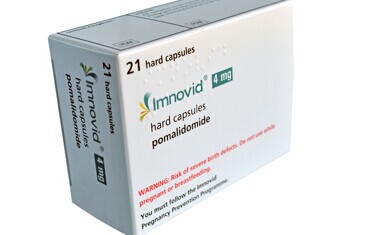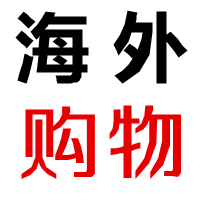印度泊马度胺/柏马度胺(POMALIDOMID)联合地塞米松治疗多发性骨髓瘤安全且有效?

复发/难治性多发性骨髓瘤(RRMM)的预后极差。最近,《Blood》杂志上发表了一项大型研究,旨在评估泊马度胺联合低剂量地塞米松治疗该类患者的安全性和有效性。
Recurrent/refractory multiple myeloma (RRMM) has an extremely poor prognosis. Recently, a large study was published in the journal Blood to evaluate the safety and efficacy of permadomide in combination with low-dose dexamethasone in patients with this condition.
泊马度胺
该项STRATUS研究纳入了先前经硼替佐米和来那度胺治疗失败和先前接受足够蒽环类药物治疗的患者。研究方法是:第1-21天,给予泊马度胺4 mg;第1,8,15和22天,给予低剂量地塞米松40mg(年龄>75岁的患者,20 mg),治疗至患者疾病进展或不可耐受的毒性反应。主要研究终点是安全性,次要终点包括总响应率(ORR)、响应持续时间(DOR)、无进展生存期(PFS)和总生存期(OS)。
该研究共纳入682名RRMM患者,中位年龄为66岁,距离确诊的中位时间为5.3年。先前接受的中位治疗数为5.大多数患者同时对来那度胺和硼替佐米难治(80.2%)。中位随访为16.8个月;中位治疗持续时间为4.9个月。最常见的3/4级治疗突发性不良反应为血液学毒性(中性粒细胞减少[ 49.7% ],贫血[ 33% ],和血小板减少症[ 24.1% ])。最常见的3/4级非血液学毒性事件为肺炎(10.9%)和疲乏(5.9%)。3/4级静脉血栓栓塞和周围神经病变比较少见(各占1.6%)。ORR为32.6%,中位DOR为7.4个月。中位PFS和OS分别为4.6个月和11.9个月。
A total of 682 RRMM patients were enrolled, with a median age of 66 years and a median time of diagnosis of 5.3 years. The median number of previous treatments was 5. Most patients were refractory to both lenalidomide and bortezomib (80.2%). The median follow-up was 16.8 months. The median treatment duration was 4.9 months. The most common grade 3/4 sudden adverse events were hematologic toxicity (neutropenia [49.7%], anemia [33%], and thrombocytopenia [24.1%]). The most common non-hematologic grade 3/4 toxic events were pneumonia (10.9%) and fatigue (5.9%). Grade 3/4 venous thromboembolism and peripheral neuropathy were rare (1.6% each). The ORR was 32.6%, and the median DOR was 7.4 months. Median PFS and OS were 4.6 months and 11.9 months, respectively.





 咨询客服
咨询客服